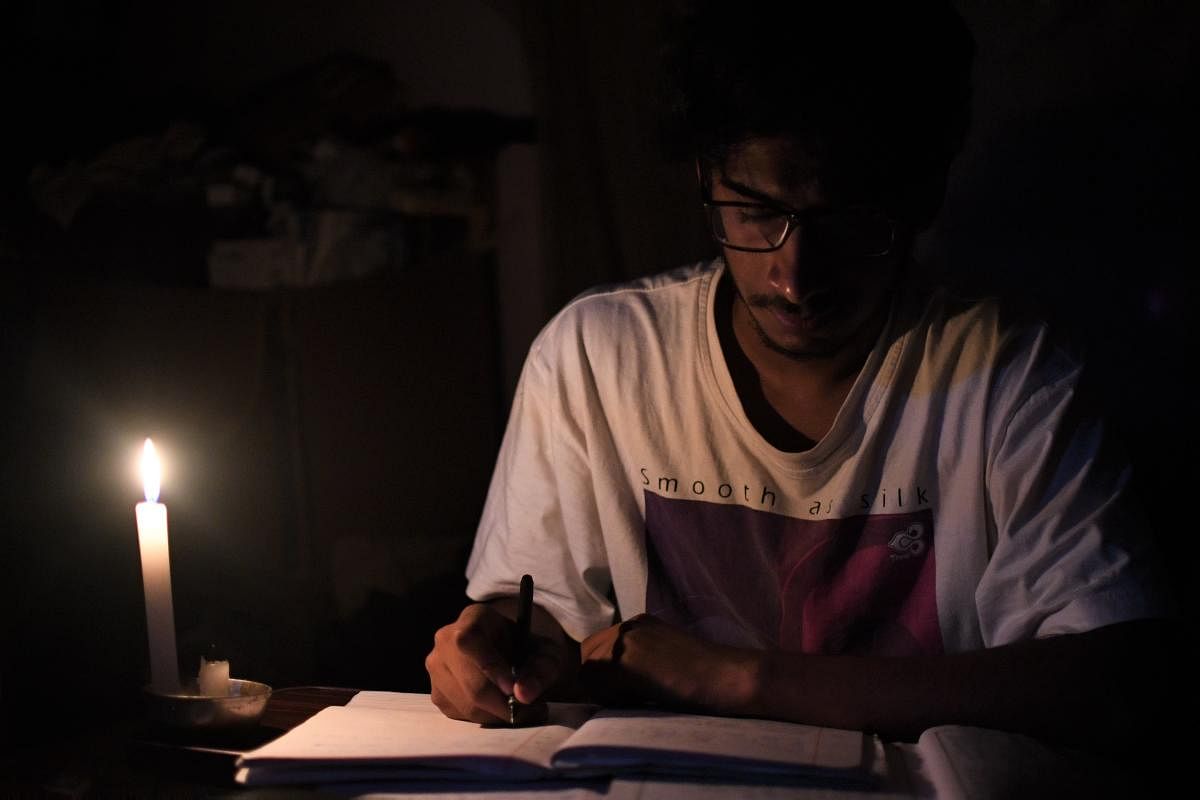
Consumer rights activists are up in arms against the increase in power tariff by an average 40 paise per unit.
The revision comes into effect from November 1. The activists call it a steep hike that will only add to the woes of an already overburdened consumer.
The revised rates apply for electricity consumed from the first meter reading date on or after November 1.
The Karnataka Electricity Regulatory Commission approved the hike on Wednesday.
Srinivas Alavalli of Janaagraha says there is no justification for the hike. “If they want to increase the rates, they should also see whether the services they provide justify the hike. The consumer has to pay more but fight frequent power disruptions. Residences and commercial complexes have to depend on diesel power generators to keep the power running,” he says.
Like other activists, he feels the Karnataka government must replicate the Delhi model where power distribution is privatised.
“Here, most agreements are drafted in isolation. What is required is an audit of whether Karnataka is buying electricity from the right source at the right price because we are the biggest consumers of electricity in the country,” he says.
He also feels that since the state has a lot of buying power, we should be able to negotiate better so that the end consumer is not burdened.
To encourage public transport, the KREC has not increased the tariff for Namma Metro, and approved the existing Rs 5.20 per unit. This privilege should be extended to BMTC which carries more passengers than BMRCL, he says.
Muralidharan Y G, consumer rights activist, explains, “Imagine the consumption of 200 or 300 units per month multiplied by 40 paise. The quantum leap is huge. A slab system has been put in place but most of the times the consumers will slip into the third or fourth slab where they will be forced to pay through their nose.”
He urged the government to take a look at the purchase cost and then calculate the increase.
“The only saving grace is that this has been implemented from November 1 and the pandemic months from April have been spared,” says Muralidharan.
Muralidhar Rao, an expert on power-related issues, says the hikes are all slipped in surreptitiously.
Maintenance is dismal and consumers can’t manage without a backup, says Rao. He wonders why the government can’t simply copy the Delhi model where power supply is uninterrupted because it is handled by the private sector.
“Here, the entire power sector is in a disarray and there won’t be good
supply till the private sector steps in,” he says.
With this hike, the burden is again on the consumer because of the government’s inefficiency and corruption, he says.
New rates
For the domestic consumers in Bengaluru, the tariff for monthly consumption of up to 30 units is up from Rs 3.75 to Rs 3.95 per unit and for consumption between 31 and 100 units, the tariff is up from Rs 5.20 per unit to Rs 5.45 per unit.
The tariff for monthly consumption of 101-200 units has gone up from Rs 6.75 to Rs 7 per unit. For monthly consumption of above 200 units, the rate has gone up from Rs 7.80 to Rs 8.05 per unit.
How it works out for a residence
A household consuming 415 units of power and incurring a bill of Rs 3,410 under the old tariff rates, will end up paying Rs 3,521 under the new regime.